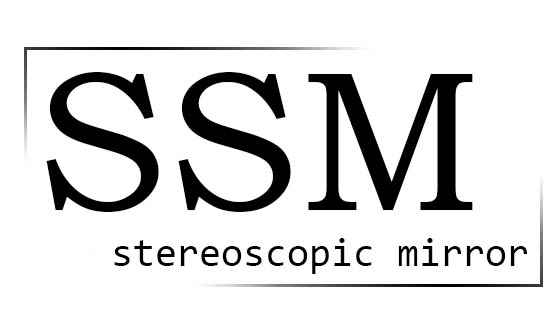Have you ever wondered what the difference is between two way mirrors and beamsplitter glass? Many people assume that they are the same type of glass, but in reality, they serve different purposes.
Two-way mirrors and beamsplitter glass are both types of glass that have unique reflective properties. They are commonly used in various settings, from security and surveillance to theatrical productions and even in scientific research. However, their differences are often misunderstood, leading to confusion when choosing the right type of glass for a specific application.
In this blog, we will delve into the differences between two-way mirrors and beamsplitter glass, as well as provide examples of their uses in different industries. By the end of this article, you will have a better understanding of these two types of glass and how to choose the right one for your needs.
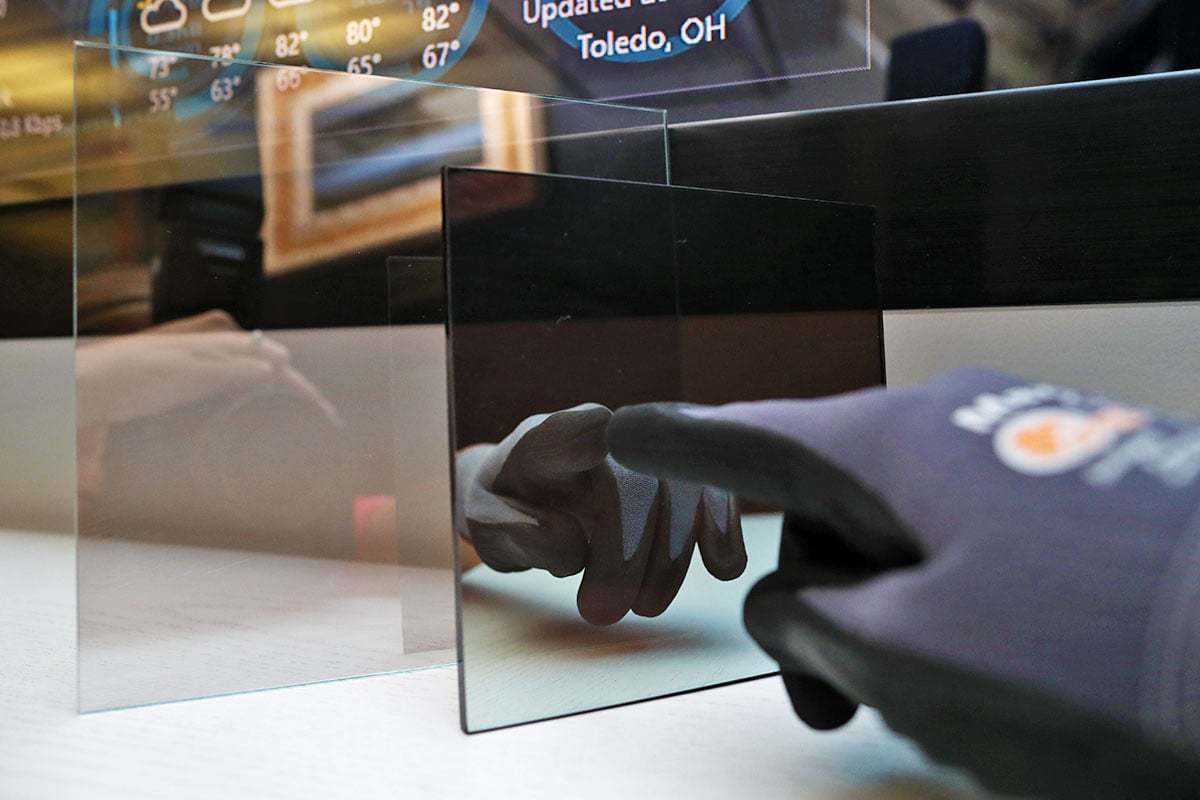
What is a Teleprompter (AKA Beamsplitter) Mirror?
Teleprompters have become an essential tool for anyone who needs to deliver a speech or presentation on camera. These devices help speakers to maintain eye contact with their audience while reading from a script. However, not all teleprompter mirrors are created equal. In this article, we will discuss the benefits of using Optical Quality Teleprompter Mirrors, also known as “Dielectric Beamsplitter Mirrors.”
Optical Quality Teleprompter Mirrors are made of high-quality glass that allows a camera to record through with flawless picture quality while providing a crisp reflection of your text. The reflective side of the mirror has a tint-free coating that ensures clear and accurate reflection of your script. The backside of the mirror has an anti-reflective coating that prevents a double image, which is commonly seen in cheap teleprompter glass and is also known as “ghosting.”
One of the benefits of using Optical Quality Teleprompter Mirrors is that they provide superior picture quality compared to standard teleprompter mirrors. The high-quality glass used in these mirrors ensures that the camera records a clear and sharp image, without any distortion or color shift. This is especially important for professional video productions, where image quality is crucial.
Another benefit of using Optical Quality Teleprompter Mirrors is that they are available in a variety of shapes and sizes. In addition to squares and rectangles, these mirrors can be custom-made in trapezoids and other shapes to fit any teleprompter setup. This allows you to create a teleprompter that is tailored to your specific needs, whether you are filming in a studio or on location.
Finally, Optical Quality Teleprompter Mirrors are durable and long-lasting. Unlike cheap teleprompter glass, which can scratch easily and require frequent replacement, these mirrors are made of high-quality materials that can withstand frequent use and handling. This means that you can rely on them to provide clear and accurate reflection for years to come.
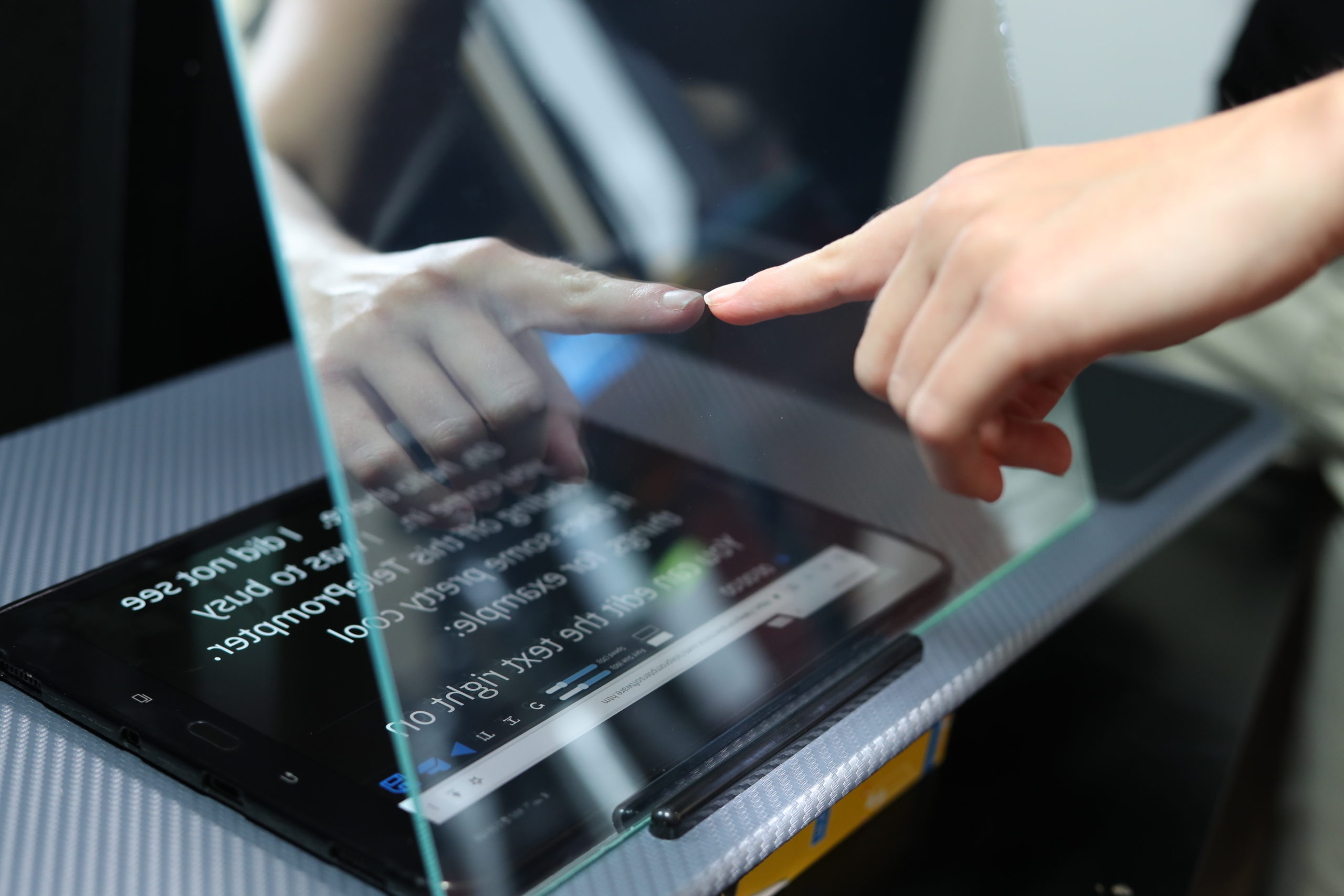
Benefits of using Beamsplitter Glass for your Teleprompter Mirror
A teleprompter setup includes a camera, monitor, and mirror. The mirror, or a beamsplitter glass, is imperative because it shows the image of the text that will be read by the presenter. This allows the speaker to look straight into the camera and deliver the lines with optimal eye contact with the audience. Here are some of the benefits of using a teleprompter mirror:
1. Improved Eye Contact
One of the most significant benefits of using a teleprompter mirror is that it allows the presenter to maintain eye contact with the audience. This is crucial in building trust and engaging the audience. When the speaker is looking down at notes or cue cards, it can be distracting and make the audience feel disconnected.
2. Increased Confidence
Using a teleprompter mirror can also boost the presenter’s confidence. When you don’t have to worry about forgetting your lines or losing your place, you can focus on delivering your message with conviction and passion. This can make a huge difference in how your audience perceives you and your message.
3. Saves Time and Effort
Using a teleprompter mirror can save you time and effort in preparing for your speech or presentation. Instead of memorizing your lines or constantly referring to notes, you can easily read your script from the teleprompter mirror. This can be especially helpful if you have limited time to prepare or are delivering a lengthy speech.
4. Professional Appearance
Using a teleprompter mirror can also give you a more professional appearance. It shows that you are well-prepared and have taken the time to rehearse your speech or presentation. This can make a positive impression on your audience and increase their confidence in you.
Beamsplitter Mirrors Eliminate Ghosting
Ghosting, also known as a double image, occurs when light reflects off of a surface and creates a secondary image. This effect can make it difficult to read text off of glass or a two-way mirror, which can be problematic for those who rely on teleprompters for their work. Teleprompter mirrors have an anti-reflective backside that eliminates the double reflection, making it much easier to read text off of the mirror.
When installing a teleprompter mirror, it’s important to make sure that the mirror side is closer to the talent, which is the side reflecting the text. This ensures that there is no double image and that the text is clear and easy to read. The non-mirror side of the teleprompter mirror has an anti-reflective coating and should face the camera or audience.
Teleprompter mirrors are commonly used in television studios, newsrooms, and for public speaking events. They allow the talent to read their scripts or speeches while maintaining eye contact with the camera or audience. This creates a more natural and engaging performance, making the teleprompter mirror an invaluable tool for those in the entertainment and communications industries.
In addition to eliminating ghosting and double images, teleprompter mirrors also come in a variety of sizes and can be customized to fit specific needs. They can be mounted on stands, attached to cameras, or even built into podiums for public speaking events.
In conclusion, ghosting or double imaging can be a frustrating problem when trying to read text off of ordinary glass or a two-way mirror. However, by using a teleprompter mirror with an anti-reflective backside, this issue can be eliminated. When installing a teleprompter mirror, make sure that the mirror side is closer to the talent and the non-mirror side has an anti-reflective coating facing the camera or audience. With the use of teleprompter mirrors, reading text and performing in front of a camera or audience can become much easier and more natural.
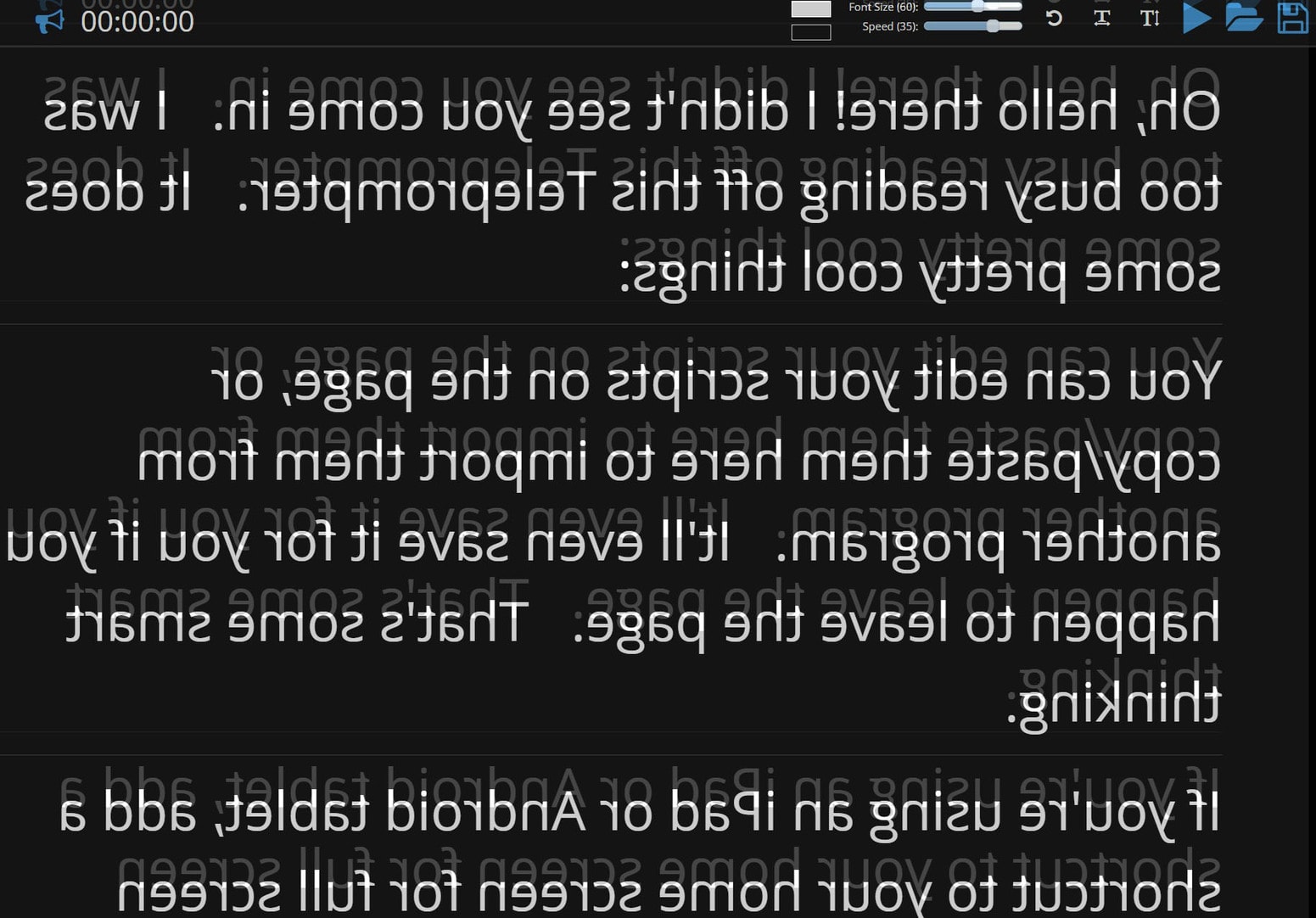
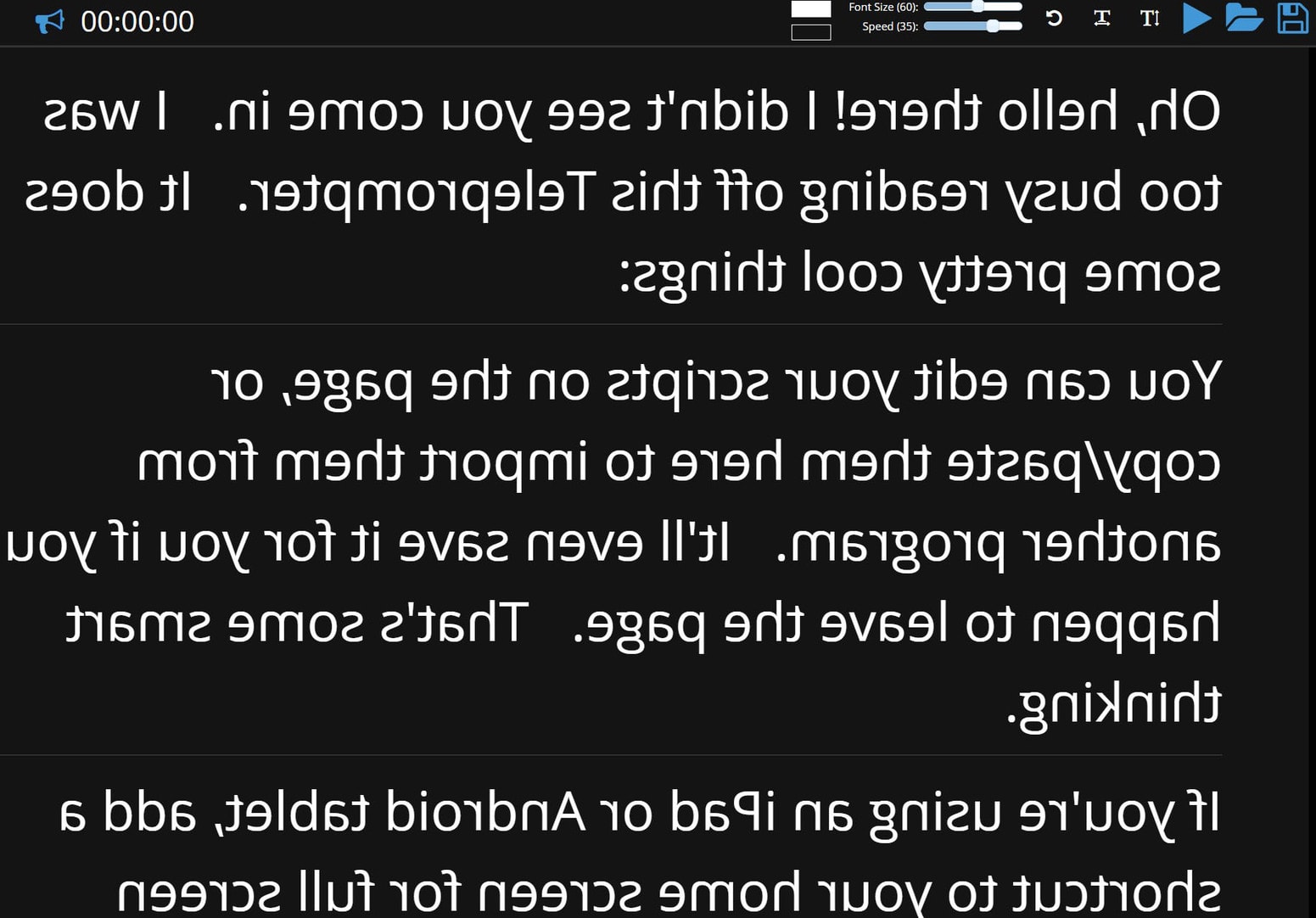
What is Beamsplitter Glass Used For?
- Teleprompters
- Heads-up Displays
- Lasers
- Mirror TVs
- Pepper’s Ghost Illusion
- Museum and Art Exhibits
- 3D Cameras
- Infinity Mirrors
- Camera Lucida
- Microscopes
What is a Two Way Mirror?
Two way mirrors and beamsplitter mirrors are often thought to be the same type of glass, but in reality, they are not. Understanding the differences between these types of mirrors is important for those who work with them in various applications.
A two way mirror, also known as a one-way mirror, is a type of glass that appears to be a normal mirror from one side, but allows light to pass through from the other side. This effect is achieved through a thin layer of metal coating on one side of the glass. The metal layer reflects some of the light back, while allowing the rest to pass through. A two way mirror has a darker tint to it. Thus, less light travels through the glass. This makes it hard to use for most of the beamsplitter functions and uses.
Two way mirrors are commonly used in security and surveillance applications, as they allow for discreet observation of a room or area without being detected. However, the dark tint of the mirror can make it difficult to use for other applications, such as in optics or photography. The reduced amount of light that passes through the glass can cause images to appear dim or blurry.
For example: you can record through a two way mirror, but the dark tint makes it harder for clarity. So, unless you are using it for security and want the camera hidden, you would want to use the beamsplitter glass that is a lot more transparent.
A beamsplitter mirror, on the other hand, is designed to split a beam of light into two separate beams. This is achieved by coating the glass with a thin layer of metal that reflects some of the light and allows the rest to pass through. Beamsplitter mirrors are commonly used in scientific and optical applications, such as in microscopes and telescopes.
Unlike two way mirrors, beamsplitter mirrors are designed to be highly transparent, allowing for maximum light transmission. This makes them ideal for use in optics and photography, as they allow for clear and bright images to be captured.
Transmission and Reflection Difference of Two Way Mirrors and Beamsplitter Glass
The Glass Teleprompter Mirror is a great choice for recording high-quality videos because it is 70% transparent and has a 30% reflection. This means that you can record from behind the mirror without losing any recording quality. Additionally, the glass substrate is color-neutral, which means that you don’t need to adjust your camera’s settings when using the mirror.
On the other hand, the Glass Two Way Mirror is only 70% reflective with an 11% light transmission on a dark grey substrate. This means that when you record through the mirror, you lose out on recording quality. Furthermore, the tinting of the glass means that you will have to adjust your camera’s settings to compensate for the reduced light transmission. Overall, the Glass Teleprompter Mirror is a superior choice for recording high-quality videos.
Glass Two Way Mirror
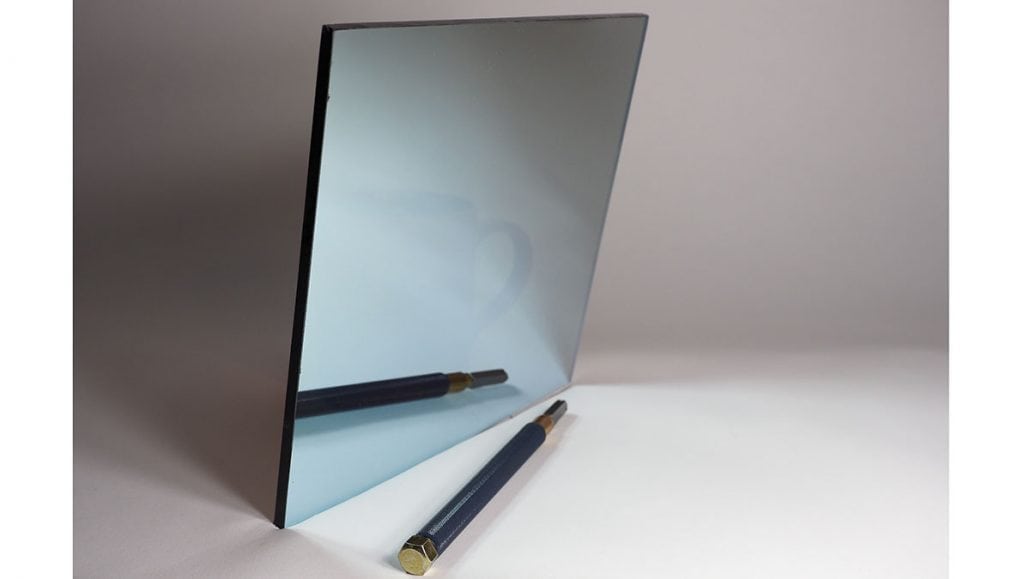
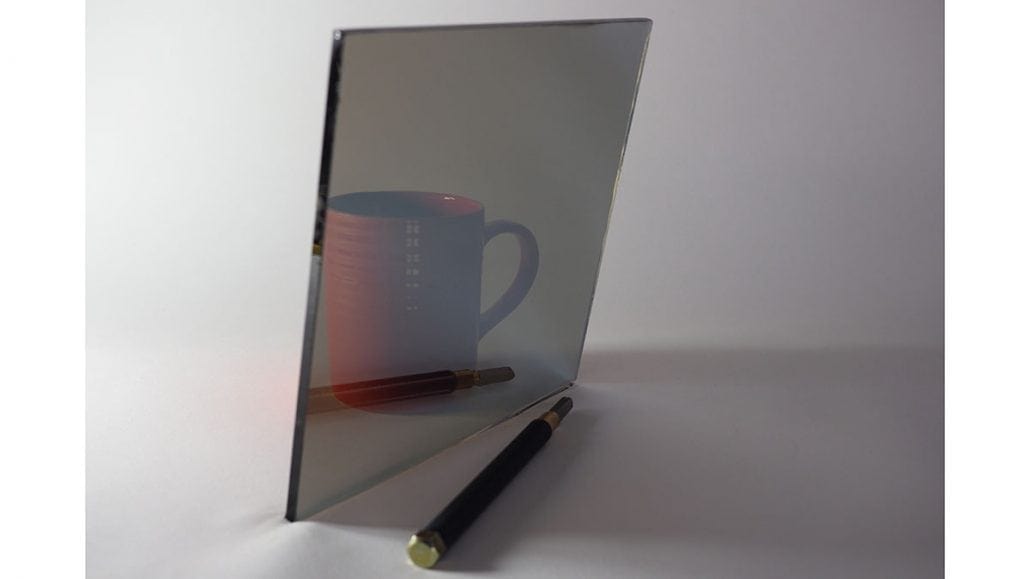
Dielectric Beamsplitter Glass
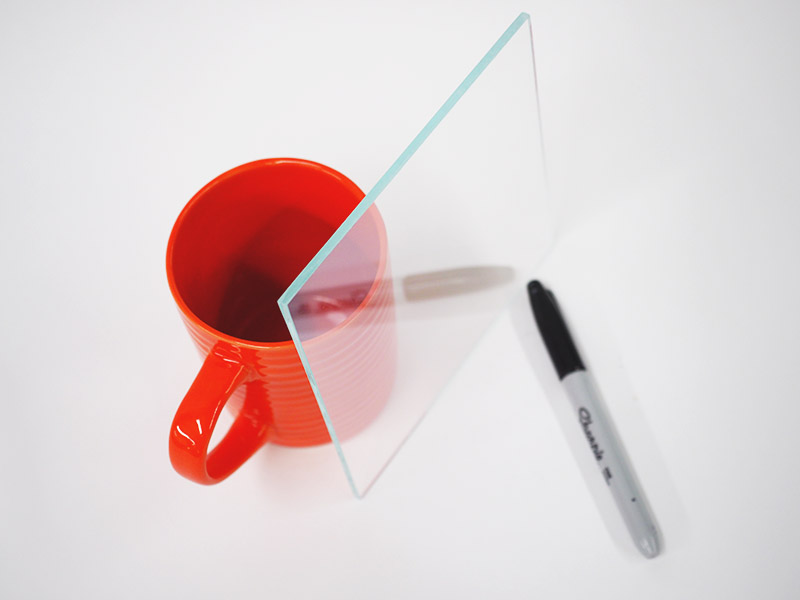
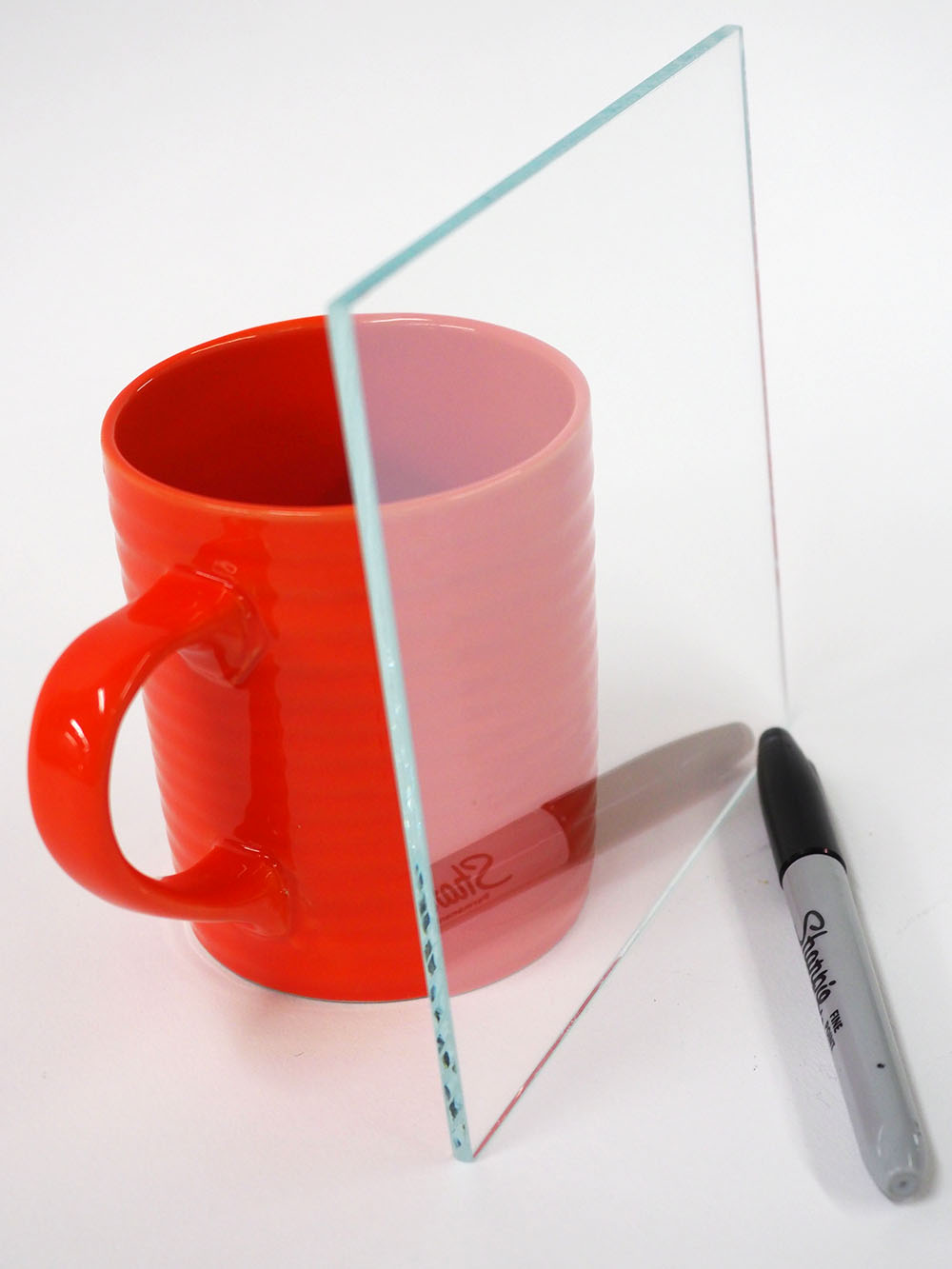
What are Two Way Mirrors Used For?
- Home Privacy
- Store Security
- Scientific Research
- Interrogation Rooms
- Reality Television
- Stage Magic
- Infinity Mirror
- Security Cameras
- Day Care Observation
- Pranks
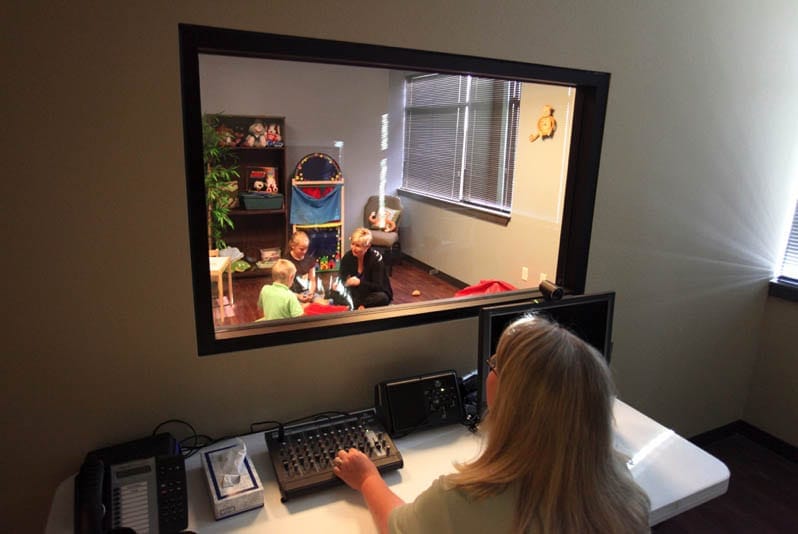
Helpful Videos and Tutorials of Two Way Mirrors and Beamsplitter Glass
Lasers and Beamspiltter Glass
Pepper’s Ghost Illusion (short)
Infinity Mirror – Custom Manufactured For Commercial & Architectural Projects
What Is A Beamsplitter Mirror? [Beam Splitter Mirror]
Is your mirror spying on you? How to detect a two way mirror [Fingernail Test]
Yayoi Kusama – Fireflies on the Water Infinity Mirror [Walkthrough]
Beamsplitter Mirror – Optical Grade For Science & Engineering
How to find the Mirror Side
What is a Dielectric Mirror? How To Make A Mirror TV
